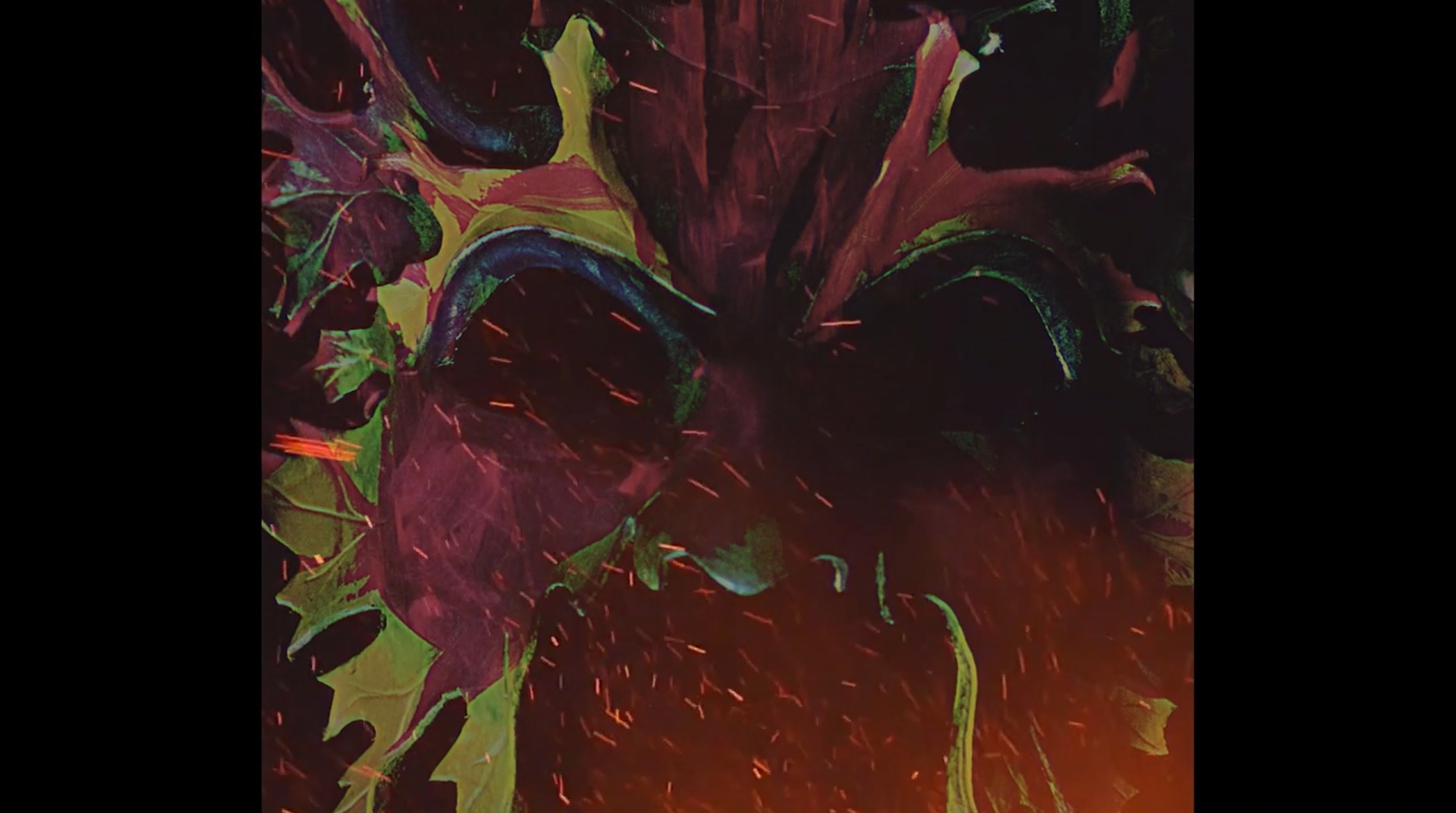3 To Go

CAT INDEX
CAT INDEX OVERVIEW
SCREENPLAY
MAKING
ACTING
Directed by Scott VanGrootenbruei | Reviewed by Sabarno Sinha
3 to Go is a short film directed by Scott Vangrootenbruel in which four friends meet together on an appointed date and tell stories to each other. These stories are supposed to contain an element of the numbers that they have drawn. Evling gets 4, Dante has 3, Miranda has 2 and the Doctor has 1. The stories that they tell each other usually involve fantasy, crime and other aspects that one could associate with the genre of thriller and what each of these characters does is that they kill off the number of people as determined by the badge allotted to them.
From the very beginning, with the entry of Evling and Dante confirming that his wine has not been spiked brings an ominous atmosphere which indicates that some kind of death will be involved in the story. In addition to this, the presence of a physical grim-reaper like figure at the very beginning and end connects the story with the symbol of death which is presented to us quite on our faces. However, I wish there was a greater moderation of lighting in the initial scenes just as we saw the vignette effect being used once Evling started his story. This effect could have been brought about in a more gradual manner rather than drawing it all at once. The music used in the short film was something that I really enjoyed as it created the mood which the director seemed to have envisioned. The scenes lacked good visual editing and a darker and colder colour palette which would have served the purpose of the story better.
While certain shots seemed to be quite unexceptional, there have been memorable shots in the film as well such as Evling’s close up of his face looking directly to the camera. However, when this quality, which makes it seem that the character is interacting with the audience, is used for characters more than once in quick succession, it makes the viewer bewildered to a certain degree one loses track of who is speaking to who. This is where adequate visualization and pre-planning is required. Nevertheless, I enjoyed the story very much until the end. While each friend related a story which seemed to reflected their character, the one that Evling narrated was incomplete and as others said, quite strange. A story of love and death seemed to be unfitting in that situation and it was so in the atmosphere that had been created with stories of mysterious deaths, accidents and robberies. This is because all the stories involved men who were less than perfect and were suffering. But in Evling’s story, all seemed to be fine. This could be compared to the situation of the people who were sitting in that warm and comfortable room, sipping their drinks. This is where the storyteller’s genius comes to being: fiction blends into reality as what it narrates is not just realistic but made real with the intervention of the teller, Evling. To complete his task, of having four deaths, he kills his friends. As in his story, in life, he seems to be a worshipper of death and he reveals so as well in the end when he is shown to be the person who penetrated into the stories of the others and caused all the deaths.
In that moment, Evling is elevated from a simple serial killer or madman into the old symbol of the memento mori or the painting which bears the Latin phrase “Et in Arcadia Ego”. Lastly, the dialogue delivery in this short film was very theatrical in nature, which is something that admirers of theatre would like to see. However, due to want of good editing, there are avoidable pauses between dialogues which I would have rather not seen. Despite these errors, the story remains enthralling until the end and will make you want to know what happens next and how does this end.
 Sabarno Sinha is an undergraduate student of English at Jadavpur University, Kolkata. He was active in the debating and MUN circuit in Kolkata. Sabarno frequently writes short stories, poems and screenplays for short films. A lover of world cinema, Sabarno finds pleasure in watching contemporary as well as classic films from Japan, Italy and Germany among others.
Sabarno Sinha is an undergraduate student of English at Jadavpur University, Kolkata. He was active in the debating and MUN circuit in Kolkata. Sabarno frequently writes short stories, poems and screenplays for short films. A lover of world cinema, Sabarno finds pleasure in watching contemporary as well as classic films from Japan, Italy and Germany among others.





